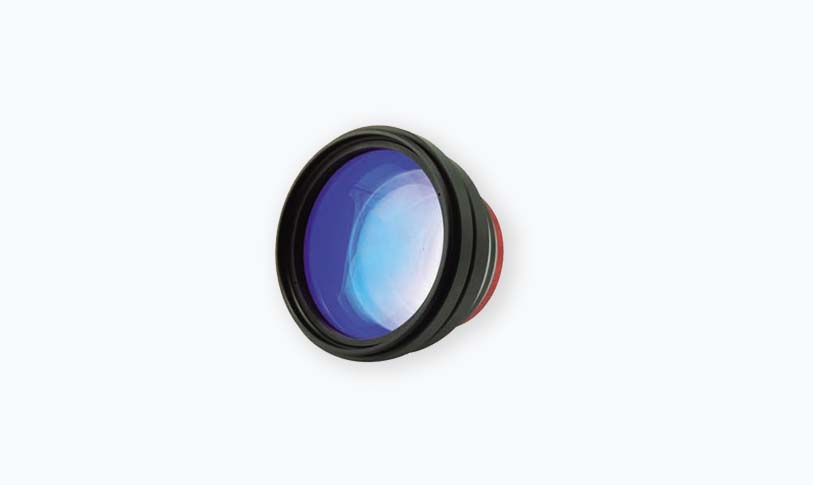****
In recent years, the demand for precision and versatility in various industries has led to significant advancements in laser technology. One of the most noteworthy innovations is the CO2 laser module. This powerful piece of equipment has transformed the realms of cutting and engraving in manufacturing and crafting, and has made significant contributions to the medical field. As the technology continues to evolve, understanding its functions, benefits, and applications becomes increasingly vital for professionals across diverse industries.
What is a CO2 Laser Module?
A CO2 laser module operates using a mixture of carbon dioxide, nitrogen, and helium gases to produce a high-powered laser beam. The laser works by generating energy through electrical stimulation of the gas mixture, resulting in the emission of laser light predominantly at a wavelength of 10.6 micrometers. This specific wavelength is particularly well absorbed by organic materials, making CO2 lasers especially effective for cutting and engraving a wide range of substrates, including wood, acrylic, glass, leather, and more.
Applications Across Industries
1. **Manufacturing and Fabrication**

The Revolutionary CO2 Laser Module: Unlocking New Possibilities in Cutting, Engraving, and Medical Applications
In the manufacturing sector, CO2 laser modules are indispensable tools for cutting and engraving materials with unparalleled precision. Their ability to produce intricate designs with clean edges makes them ideal for applications such as signage, packaging, and creating customized products. Businesses leverage this technology not only for mass production but also to create intricate and unique items that stand out in the market.
2. **Crafting and Hobbyist Use**
The rise of the maker movement has seen an increase in access to CO2 laser modules for hobbyists and small businesses. These modules can be integrated into desktop laser cutters, allowing enthusiasts to bring their creative ideas to life. Artists and designers use CO2 lasers to produce detailed artworks, crafts, and personalized gifts that cater to individual tastes and styles.
3. **Medical Applications**
In the medical field, CO2 laser modules provide cutting-edge solutions for surgeries and dermatological procedures. The precision of CO2 lasers minimizes damage to surrounding tissues during surgeries, resulting in reduced recovery times and improved patient outcomes. Additionally, dermatologists utilize CO2 lasers for procedures such as skin resurfacing, tattoo removal, and the treatment of various skin conditions with remarkable effectiveness.
Advantages of CO2 Laser Technology
The advantages of CO2 laser modules are numerous, making them a preferred choice across different industries.
– **Precision and Accuracy:** One of the most significant benefits is the precision offered by CO2 lasers. The ability to create intricate designs and exact cuts is invaluable for applications that require high levels of detail.
– **Speed and Efficiency:** Compared to traditional cutting methods, CO2 lasers operate at remarkable speeds, allowing businesses to increase their productivity. The rapid processing of materials enhances workflow efficiency, reducing turnaround times.

The Revolutionary CO2 Laser Module: Unlocking New Possibilities in Cutting, Engraving, and Medical Applications

The Revolutionary CO2 Laser Module: Unlocking New Possibilities in Cutting, Engraving, and Medical Applications
– **Versatility:** CO2 laser modules can engage with a variety of materials. This versatility means that businesses can diversify their offerings without the need for multiple machines, saving both time and resources.
– **Low Maintenance:** Once installed, CO2 laser modules require minimal maintenance compared to other cutting tools, further contributing to their cost-effectiveness for businesses.
Challenges and Considerations
Despite their many benefits, several challenges must be acknowledged when using CO2 laser modules. The initial investment can be substantial, which may deter smaller businesses or hobbyists. Moreover, operators must undergo proper training to ensure they understand the safety protocols and operational guidelines, as improper use can result in accidents or equipment damage.
Additionally, certain materials, especially reflective metals, require specific configurations or even different types of lasers for effective cutting or engraving. As a result, users must ensure that they are well-informed about the limitations of CO2 lasers and choose their applications accordingly.
Conclusion
The CO2 laser module stands at the forefront of modern technology, revealing new possibilities for manufacturing, crafting, and medical procedures. As this technology continues to advance, it will undoubtedly open further avenues for innovation and creativity. Whether in a professional shop or a personal workspace, the CO2 laser module is a game-changer that embodies efficiency, precision, and versatility, revolutionizing how we think about cutting and engraving in today’s world. For stakeholders across many industries, understanding the potential of this technology will be crucial for shaping the future.handheld fiber laser marking machine
